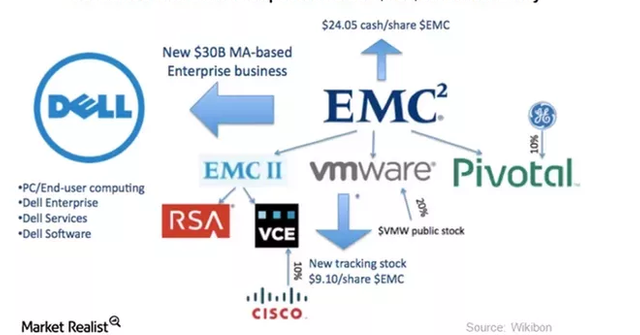
It will be interesting to see whether tracking stocks return in any significant number, and any corporate governance issues that develop – in particular, the nature and scope of the duties owed by a company’s board of directors to owners of tracking stock.Multi-step EMC 2 for tracking single neuron activity in calcium imaging data. The court granted defendants’ motion to dismiss. These issues were spelled out in the IPO prospectus for the DLJ direct tracking stock, and despite claims to the contrary its shareholders had no reasons to believe otherwise. In essence, DLJ’s board could properly ignore the interest of the shareholders of DLJ direct in the context of the merger between DLJ and Credit Suisse. The Sedigham decision highlights the different rights of tracking stock. The rule could not be used to “erase distinctions of different types of securities.” Id. The court rejected this argument, holding that the DLJ direct shares were “vastly different securities with different rights, and trade at significantly different prices in the market.” Id. DLJ direct shareholders asserted that because the prospectus described the tracking stock as a part of the common stock of DLJ, they were entitled to participate along with DLJ’s common shareholders. The plaintiffs also asserted they were entitled to participate in Credit Suisse’s tender under the SEC’s “All Holders, Best Price” rule (Rule 14d-10), which requires that a bidder make its tender available to all holders of the same “class” of securities subject to the tender. They claimed, for instance, that statements such as that “DLJ direct shareholders would be subject to all the risks of an investment in DLJ” suggested DLJ direct shareholders would be entitled to participate in the tender for DLJ common shares. So while the DLJ shareholders obtained a nice premium, the DLJ directshareholders missed out.ĭLJ direct shareholders asserted claims under Sections 11 and 12 of the Securities Act of 1933, alleging the DLJ direct prospectus misrepresented the rights that DLJ directshareholders would have in a merger. The following year, Credit Suisse made a tender for all outstanding common shares of DLJ – but not for DLJ direct. 2001), DLJ had offered tracking stock in its online brokerage business, DLJ direct, in 1999. Donaldson, Lufkin & Jenrette, Inc., 167 F. In that sense, a tracking stock resembles the stock of a spinoff with a permanent anti-takeover provision.Ī case arising out of the dot com era illustrates some of these issues. As a result of the foregoing, owners of tracking stock may lose out on takeover bids and other activity by activist investors.The tracking stock holders have no right to participate in a tender offer for the common shares of the company (unless the tender also was directed to the tracking shareholders).As a result, conflicts may arise between the board of the company and the shareholders of the tracked entity The board could make decisions which are good for the company overall, but not necessarily for the owners of the tracking stock. The board of directors operates the entire company, of which the tracked entity is but one division or business. The tracked entity does not have its own board of directors.It does not confer voting rights on its shareholders, typically.

That allocation, however, does not change the legal title to any assets, which remain with the company.

Rather, for financial reporting purposes the company allocates consolidated assets, liabilities, revenue, expenses and cash flow between the entire company and the tracked entity. Tracking stock does not entail ownership of the tracked entity’s assets.
Interesting corporate governance and shareholders’ rights issues arise in connection with tracking stock as a result of the limitations inherent to tracking stock: Thus, if the unit or division fares poorly, the value of the tracking stock would fall, even if the company at large was doing well. Tracking stocks trade as separate securities. Because that tracking stock will be a form of Dell common stock, Dell in essence is returning to the public markets, as noted by UC Berkeley professor Steven Davidoff Solomon in this NYTimes DealBook column.Ī tracking stock is a form of common stock that “tracks” or depends on the financial performance of a specific business unit or operating division of a company – rather than the operations of the company as a whole. Dell, to help pay for the merger, plans to issue tracking stock to track EMC’s interest in VMWare. Recently, however, tracking stock has returned to the news due to its role in the Dell/EMC merger. Tracking stocks had been the hot trend during the dot-com boom of the late 1990s, when companies sought to take advantage of wild valuations of internet business that they owned. “ Tracking Stocks Are Now Relics,” declared the Wall Street Journal in January 2008.


 0 kommentar(er)
0 kommentar(er)
